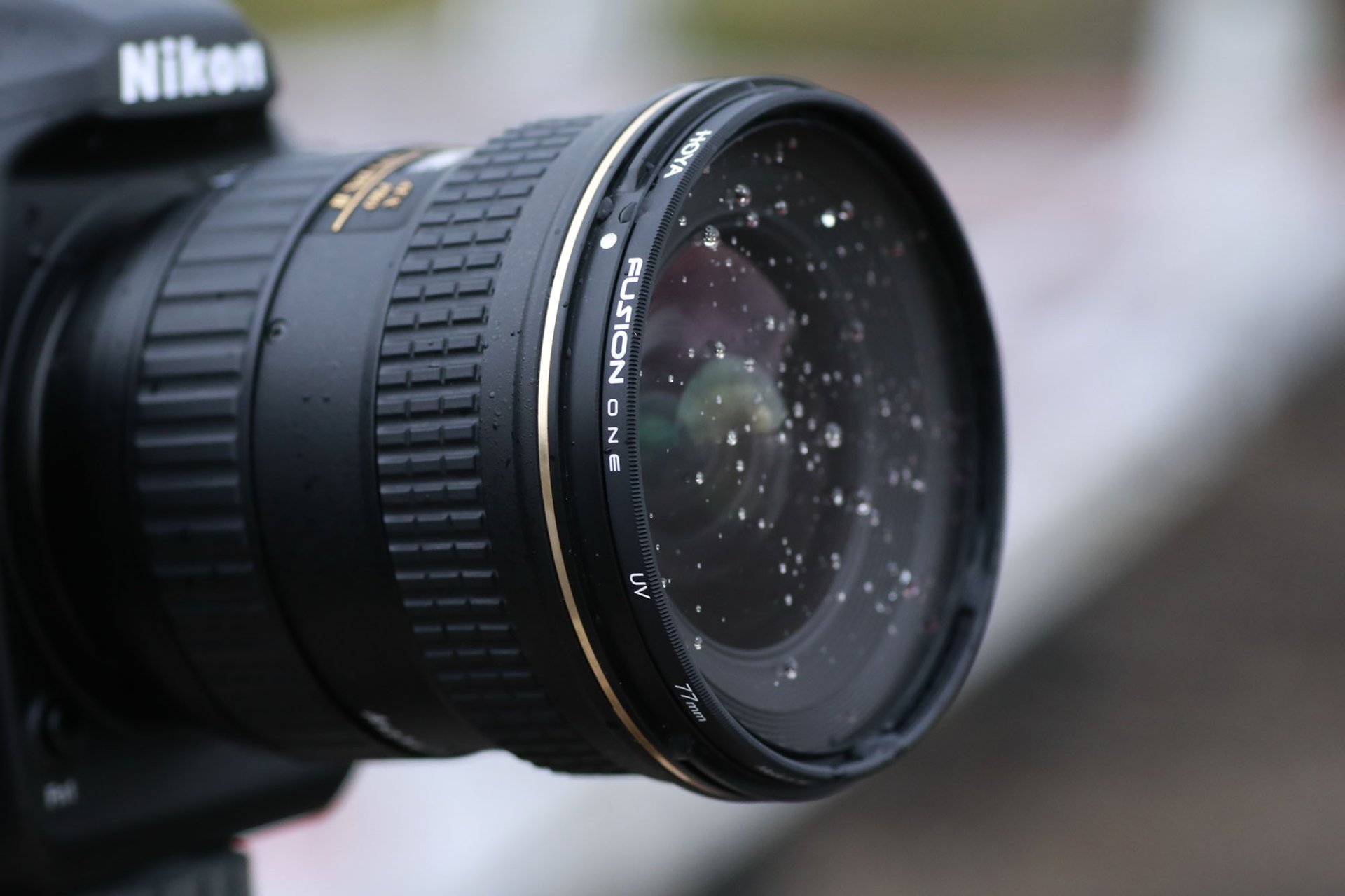
HOW FILTERS WORK
A UV and Protection filters' main purpose is to protect the front part of the lens from dust, dirt, liquid, and scratches. It can also help improve contrast and detail at high altitudes by reducing UV Haze.
Learn more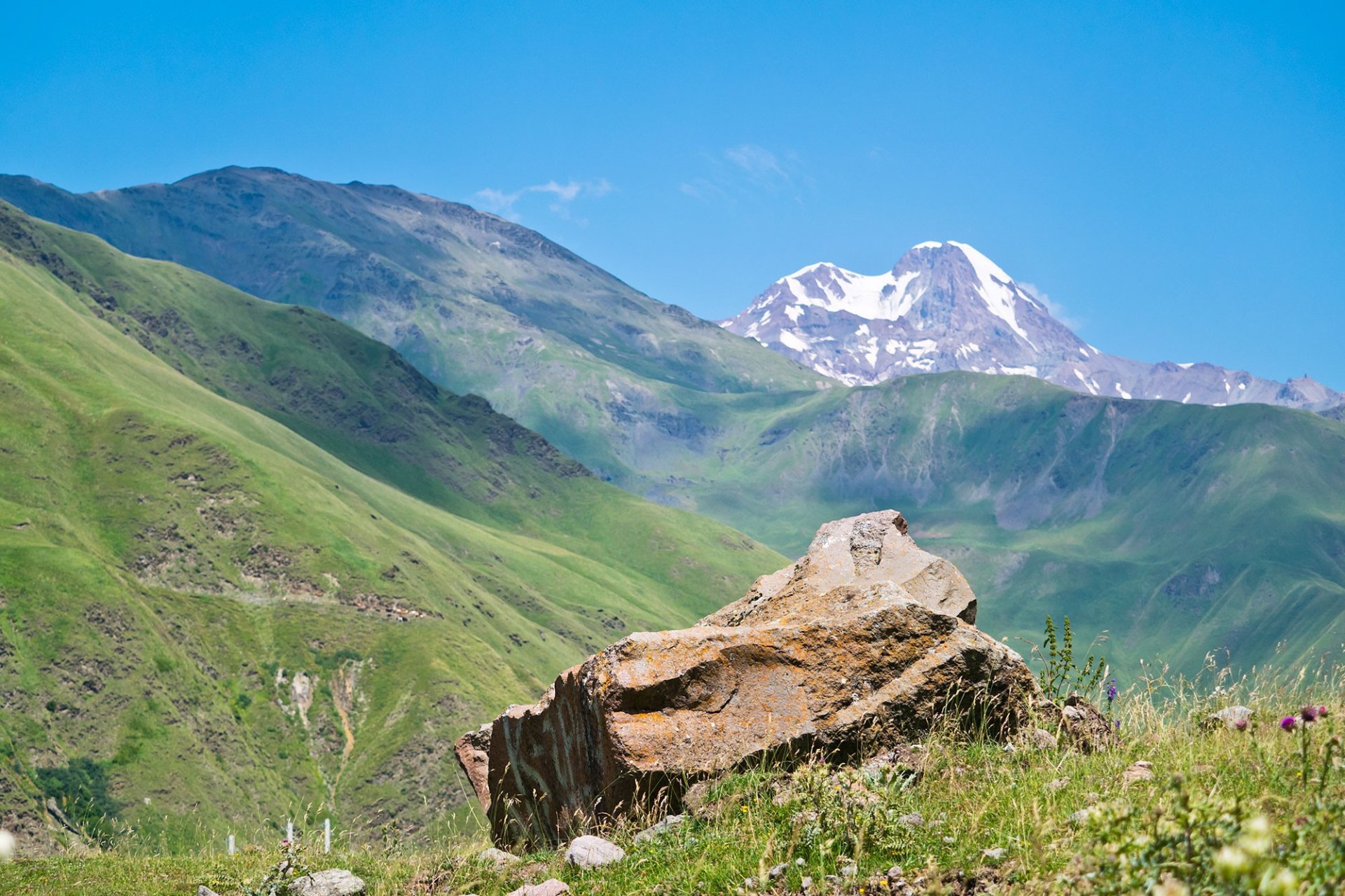
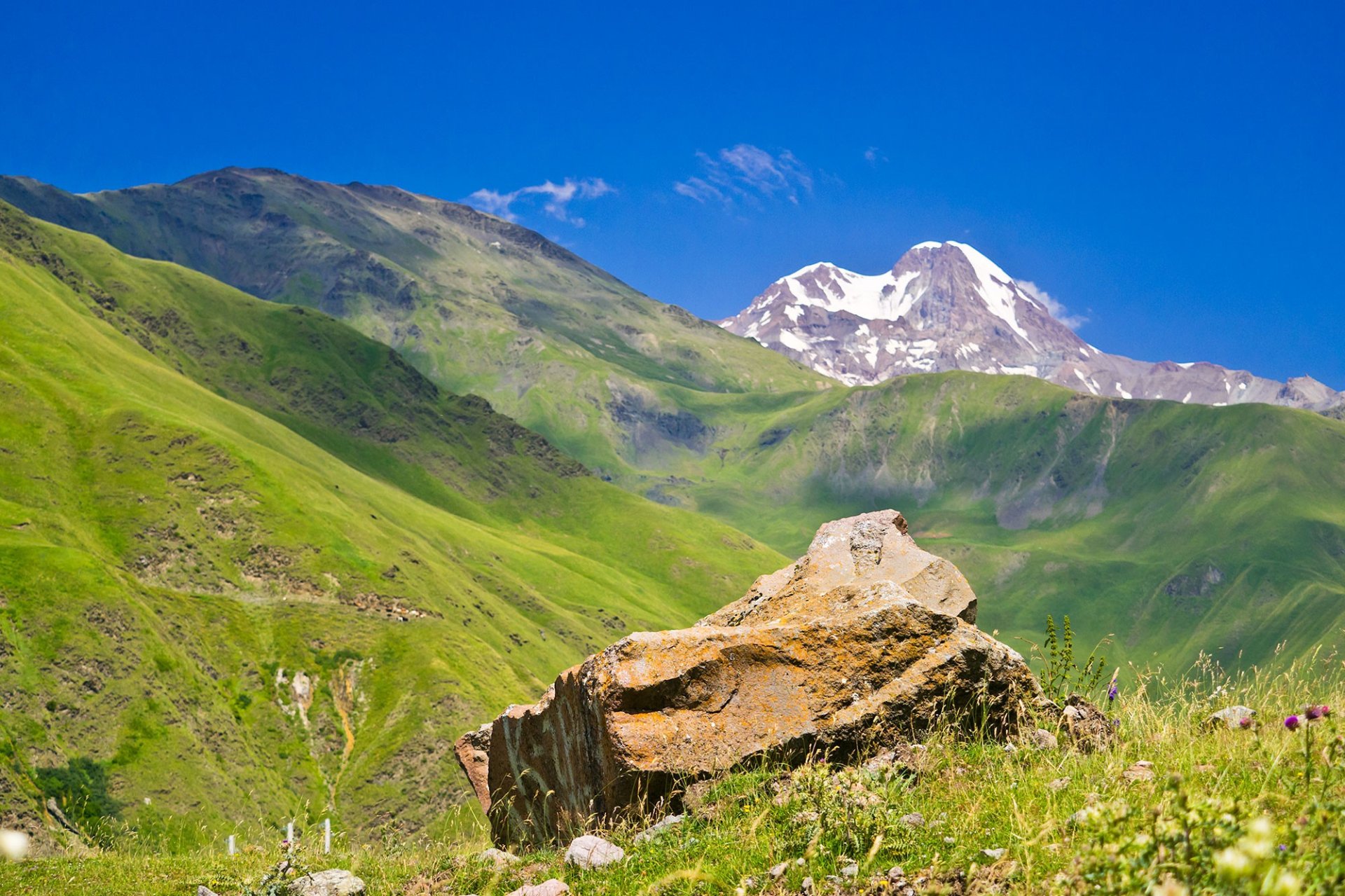
HOW FILTERS WORK
Polarizing filters are generally used in landscape photography, as they can both control polarized light – commonly known as "light reflection" and contrast. There are two types of polarizing filters: PL (Polarized Light) and C-PL (Circular Polarized Light), but C-PL filters are generally the most used.
Learn more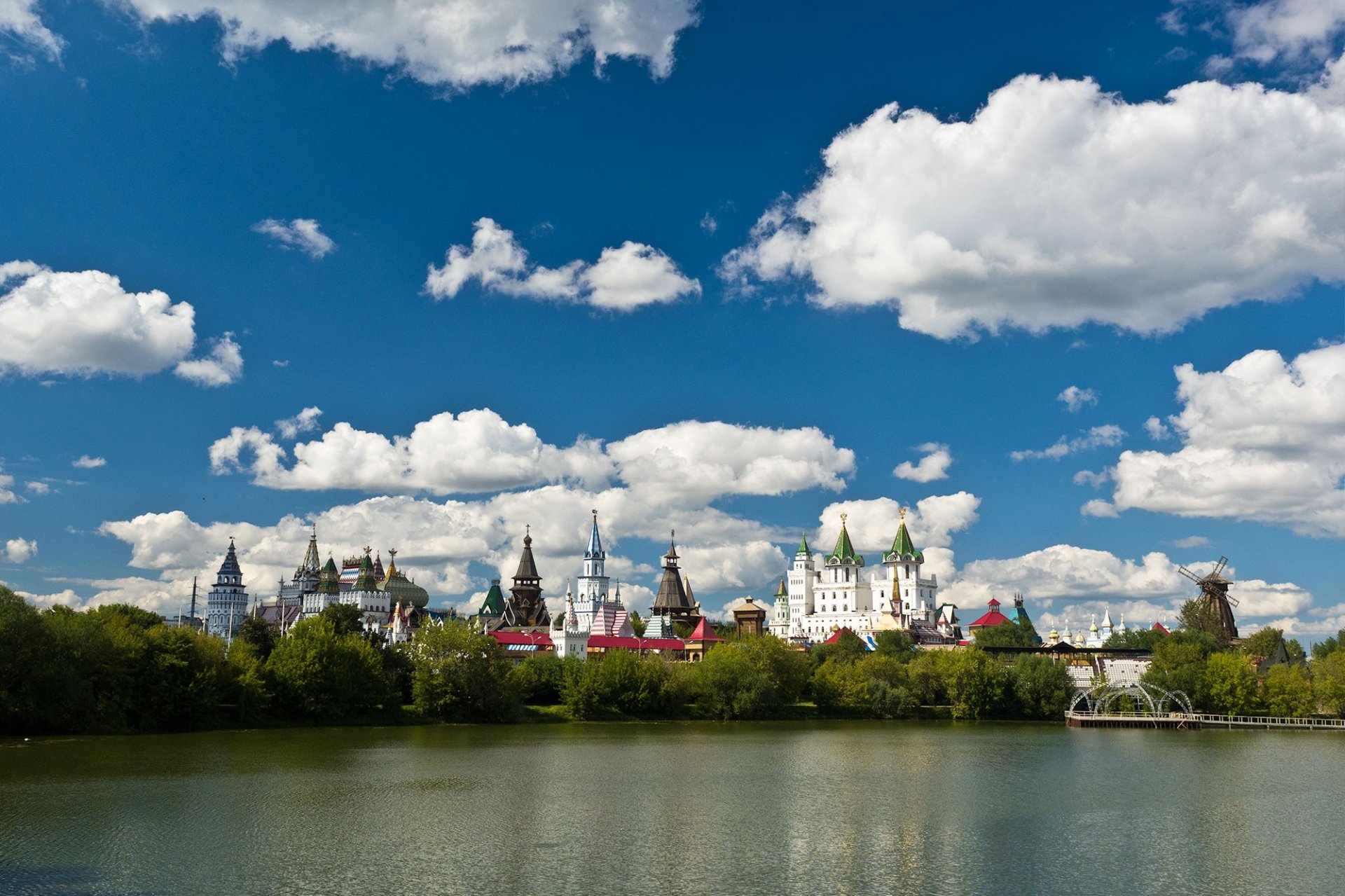
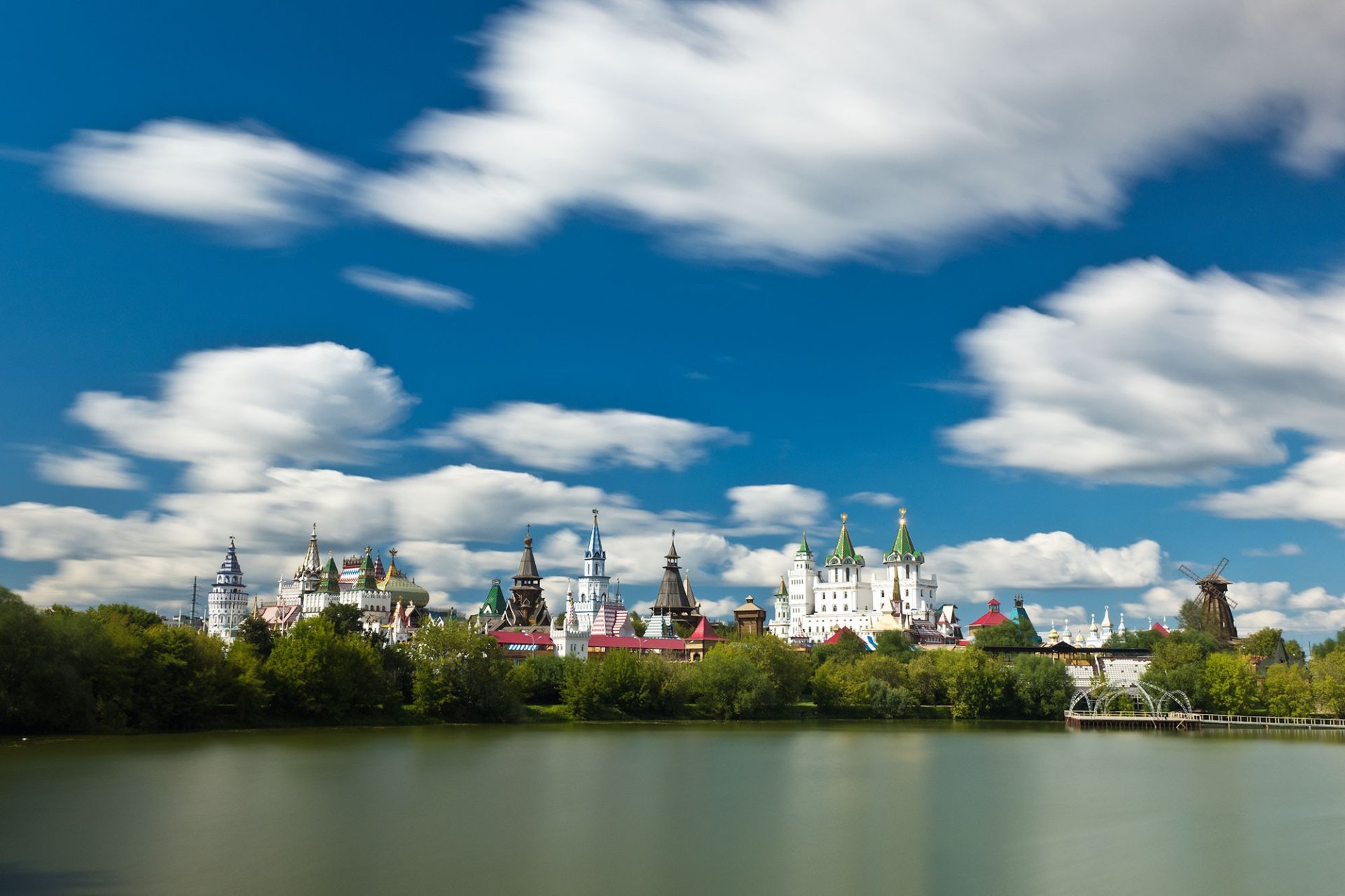
HOW FILTERS WORK
The main feature of ND filters is their ability to give you control on the shutter speed. ND filters come in wide range of values, from ND2 to ND100000, but can be generally summarized in 3 main categories: light, middle and heavy.
Learn more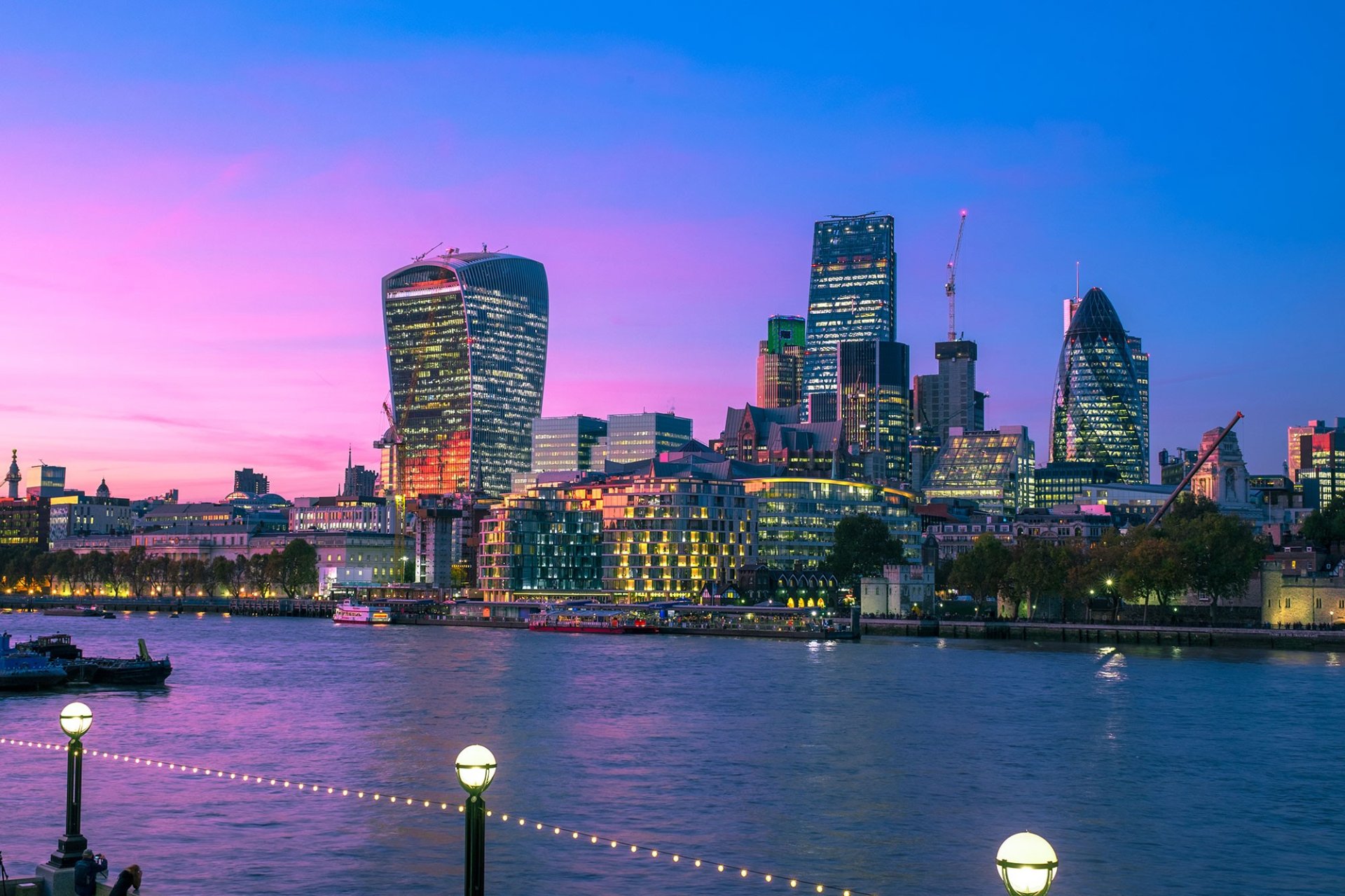
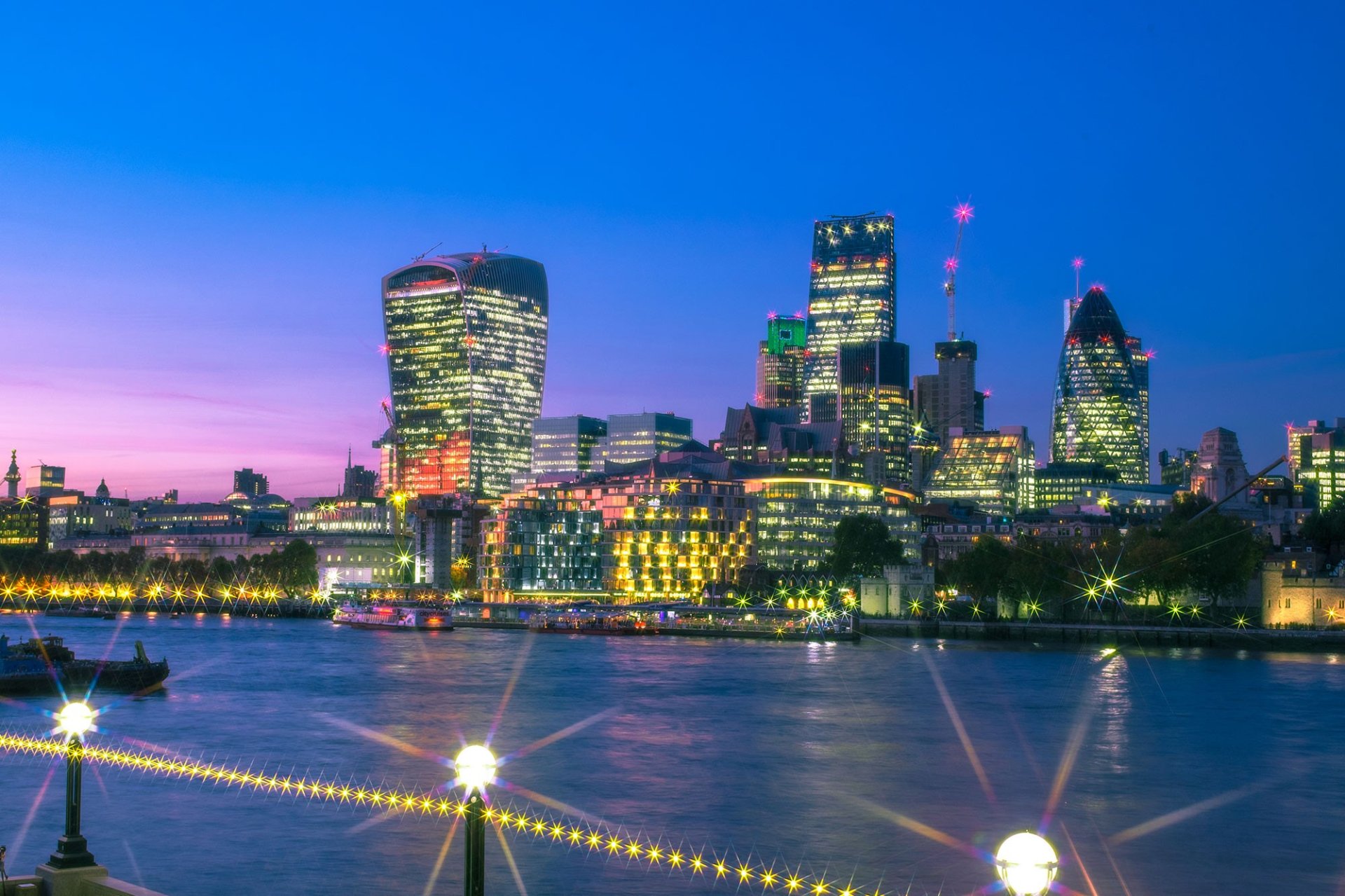
HOW FILTERS WORK
By star-shaping light sparkling from light sources like holiday illuminations or water surfaces, star filters can confer your photos a more scenic and impressive effect. In the same way as for C-PL filters, star filters come in a two-filters rotating structure that, by rotating the filter’s frame, allows adjusting the angle of the light rays hitting the filter’s surface.
Learn more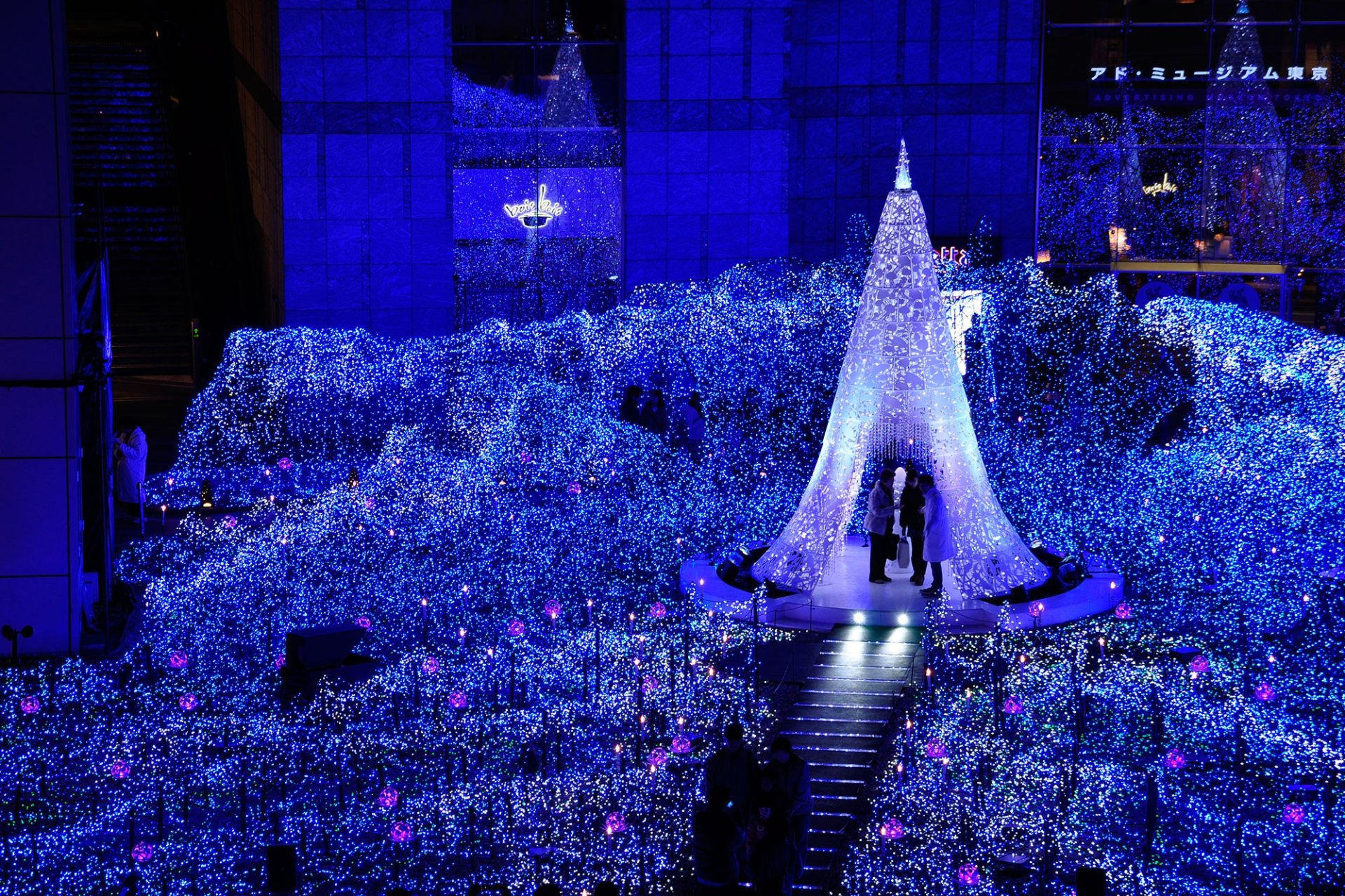
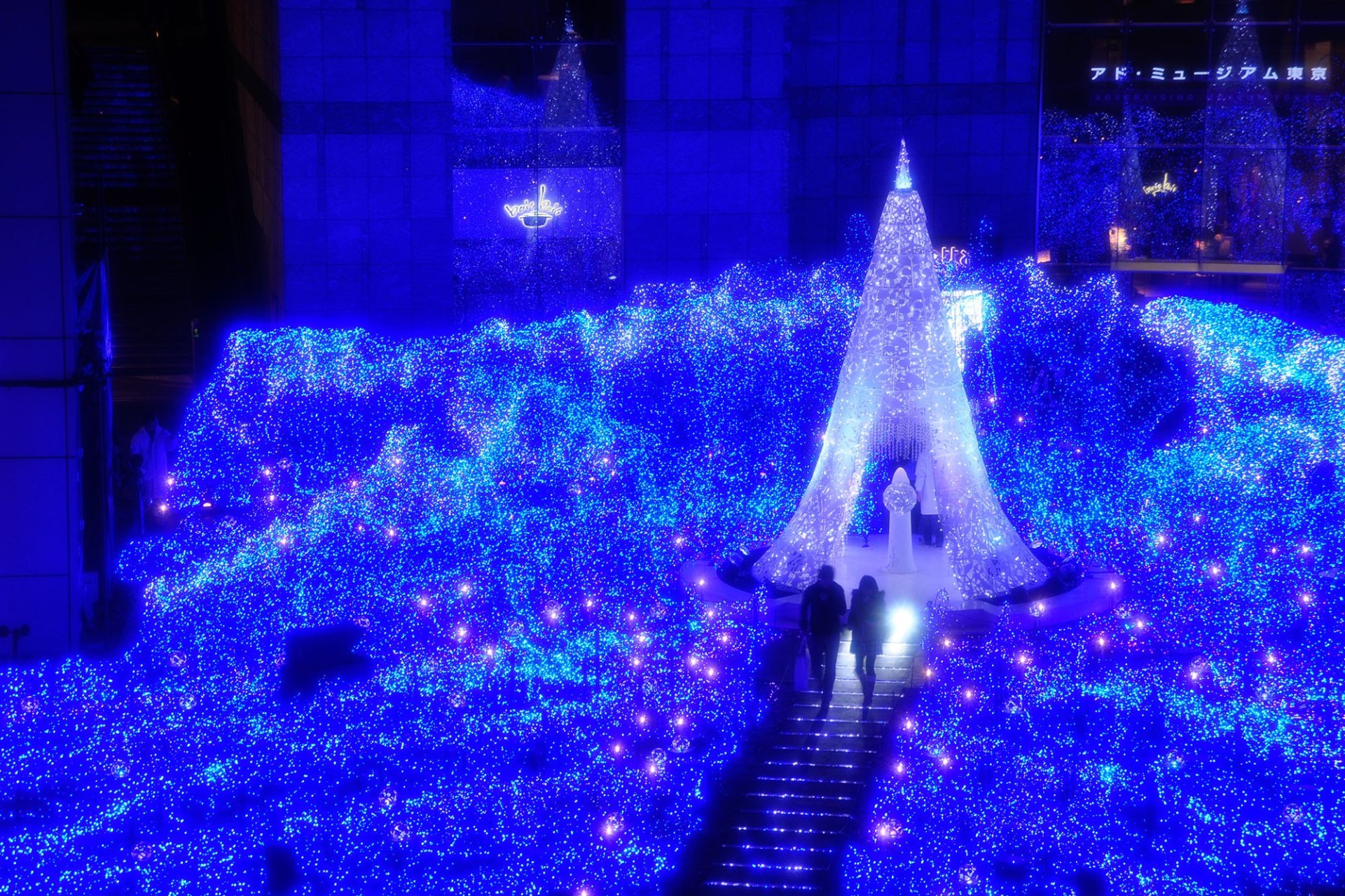
HOW FILTERS WORK
Soft filters are often used in portraits or flower photography, as they can blur light and "soften" the atmosphere.
Learn more

HOW FILTERS WORK
Also known as close-up lenses, close-up filters prove to be convenient filters to have at hand. By installing these filters on whatever lens you are using at the moment, you can easily but effectively shoot macro. Or, by installing them on your macro lens, you can further shorten the working distance and get closer to your shooting object, thus making it look bigger on the final image.
Learn more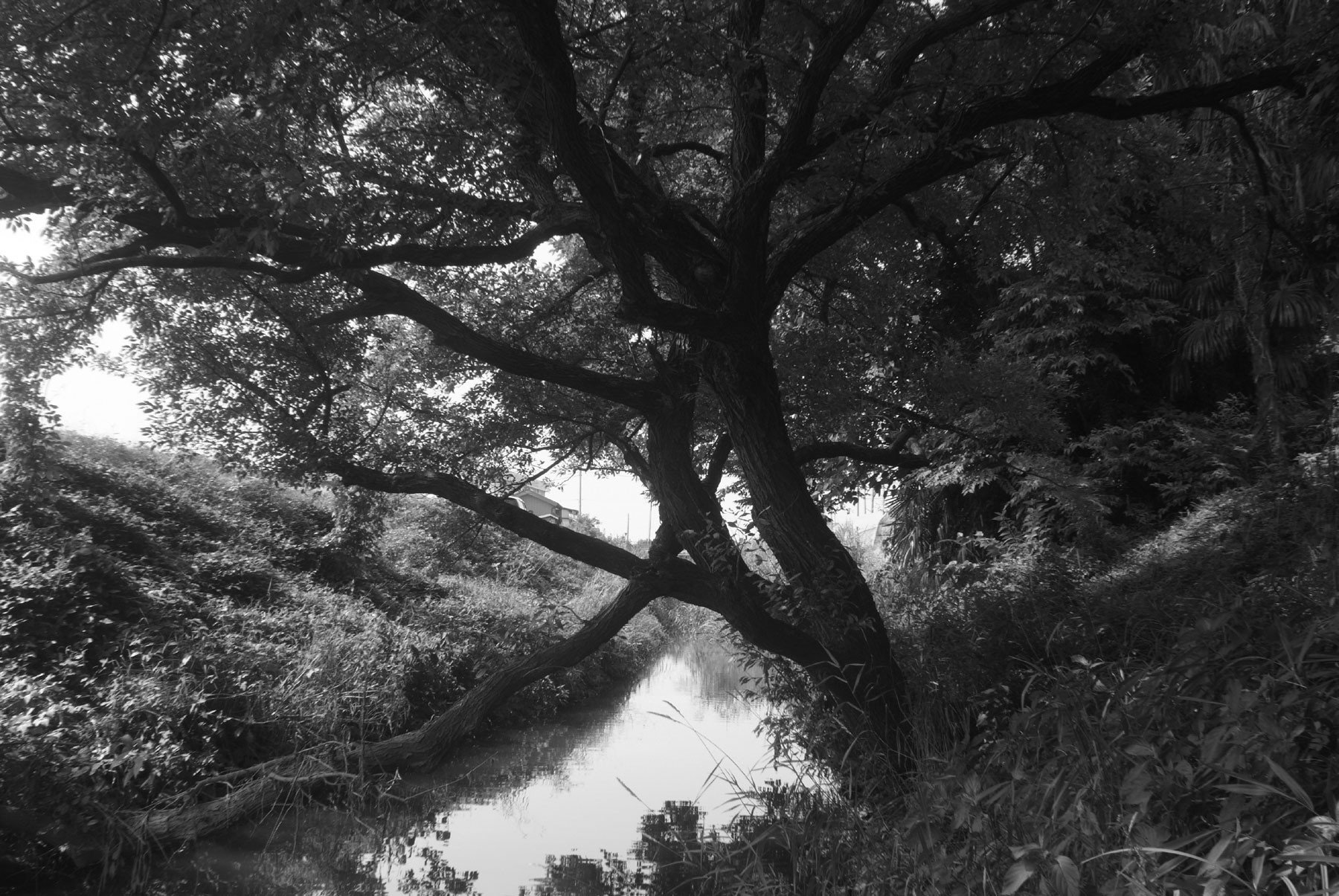
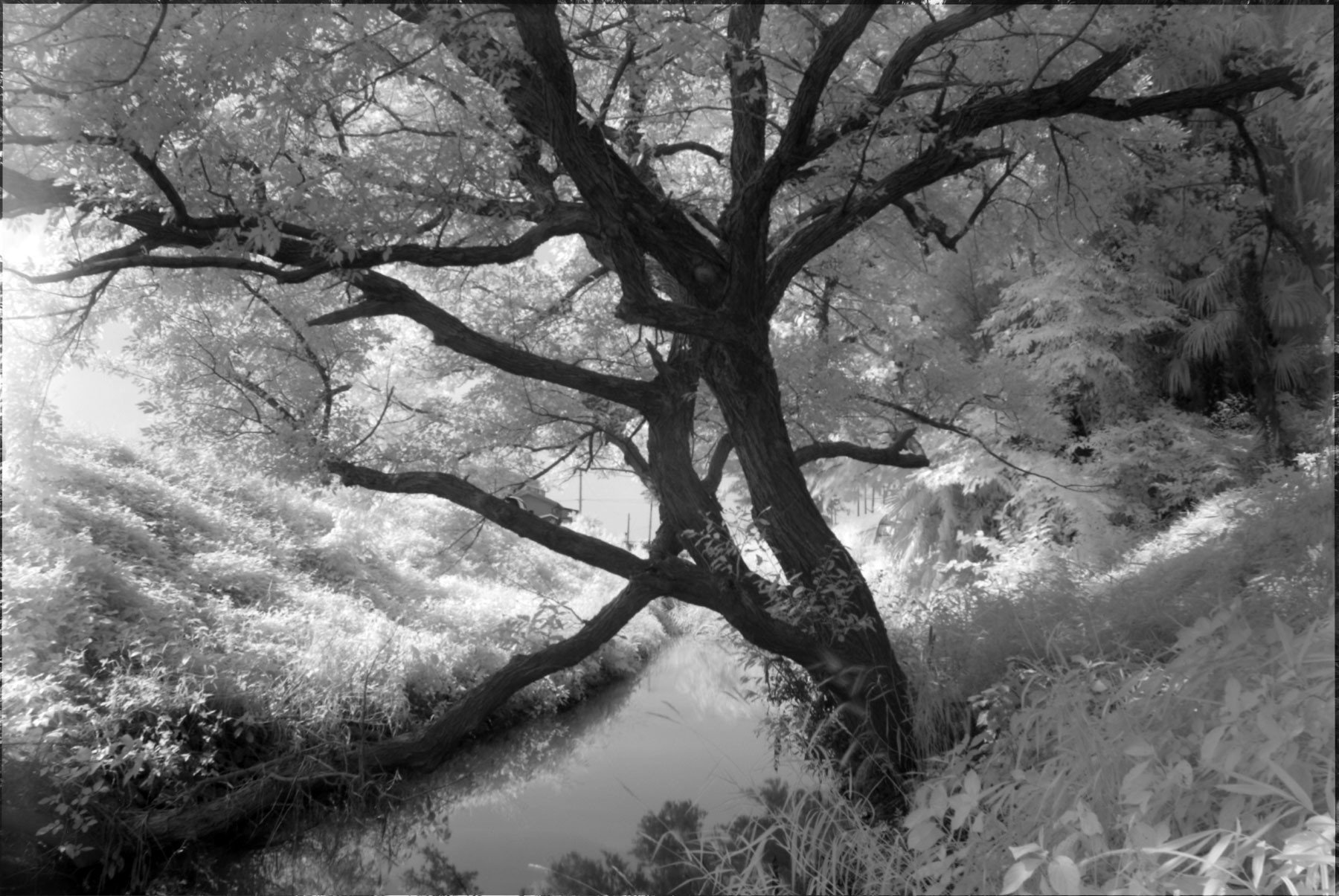
HOW FILTERS WORK
Originally developed to perform and enjoy infrared photography with black-and-white and color infrared films during the film era of photography, IR filters can also be effectively and enjoyably used in infrared photography with nowadays DSLR cameras that no longer use films.
Learn more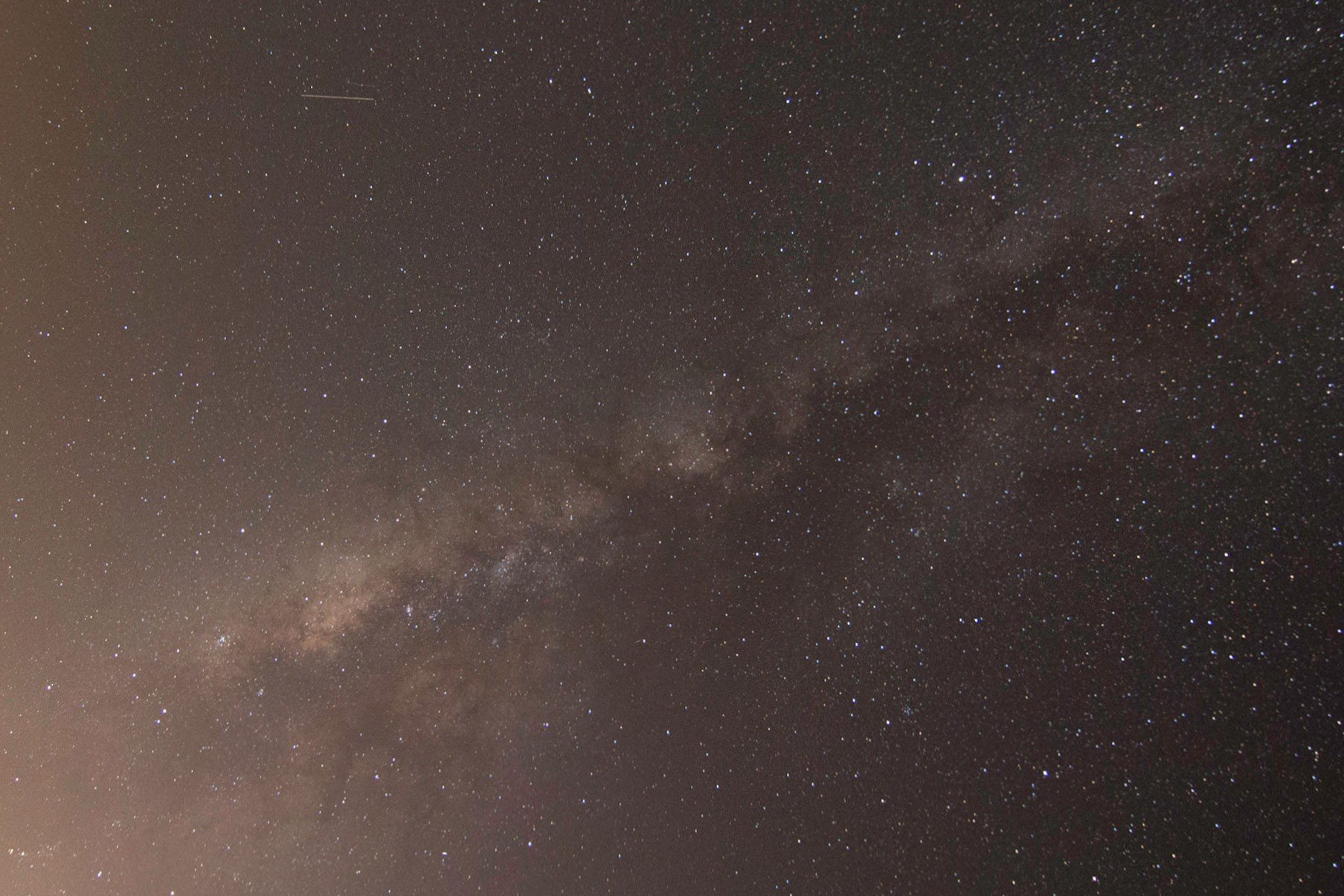
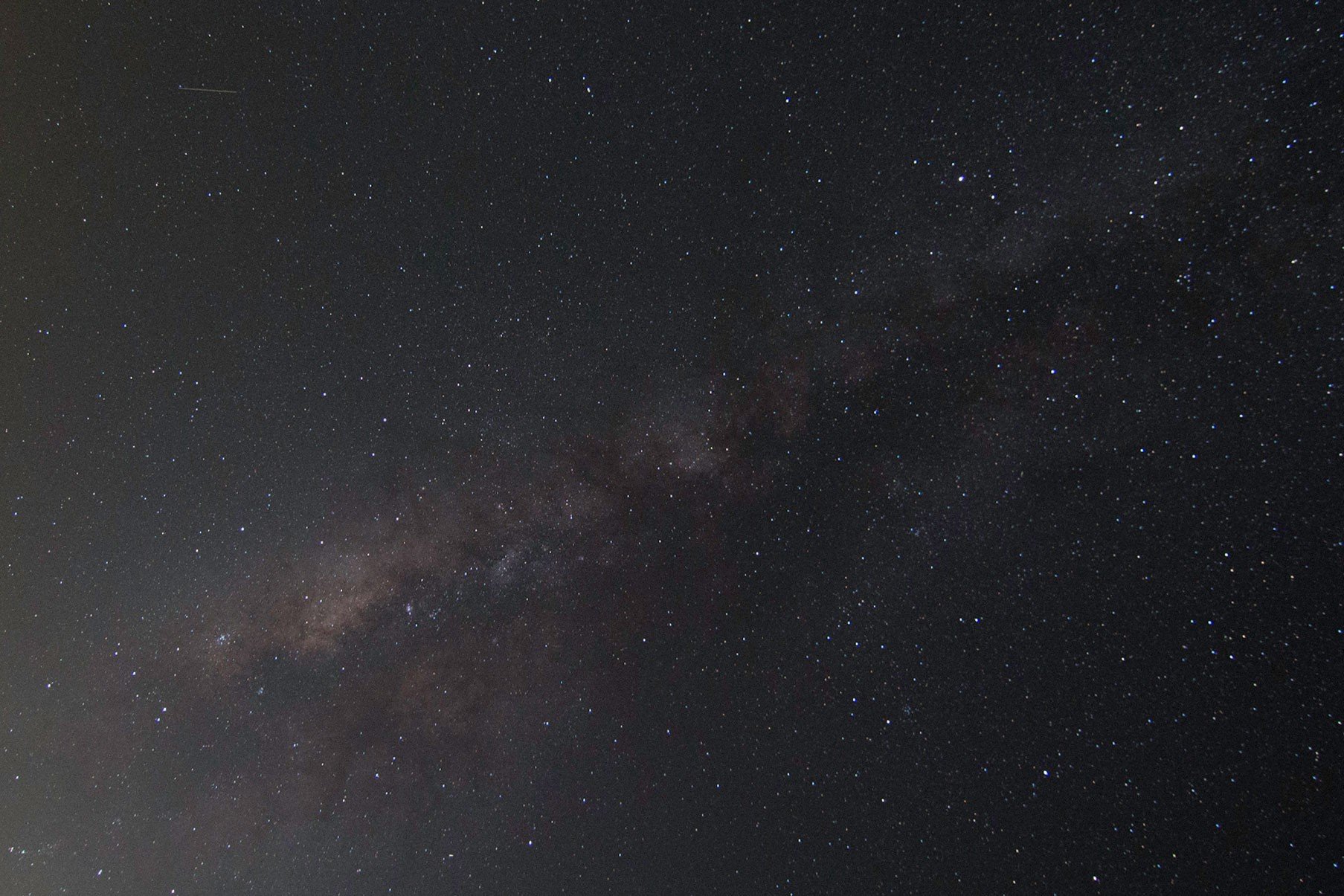
HOW FILTERS WORK
Originally developed to enhance red tints in color reversal film, red enhance filters have been largely used so far in landscape photography and portrait photography as well. In recent years red enhancer filters are also used to cut off unwanted light pollution.
Learn more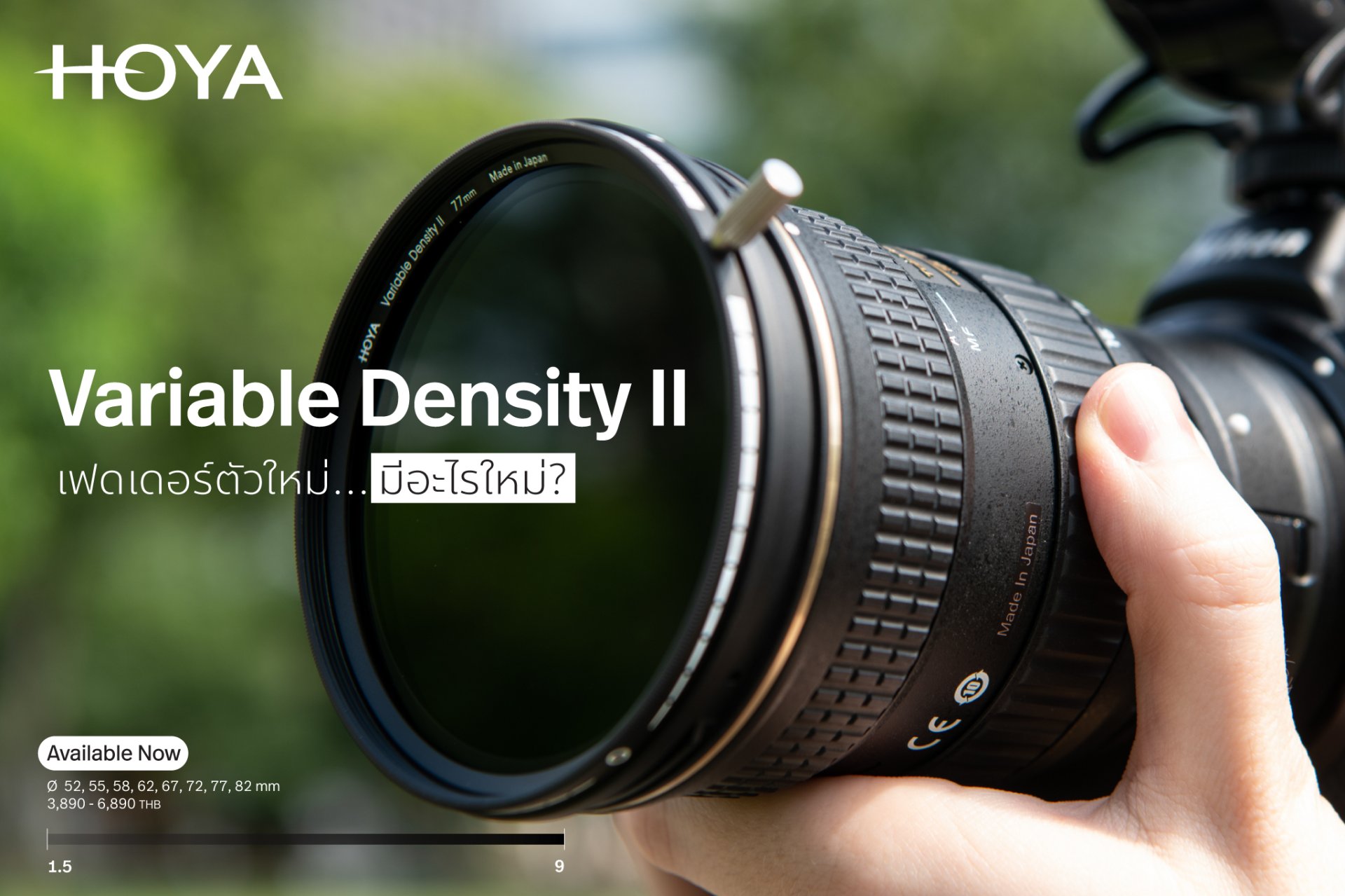
ทำความรู้จักกับฟิลเตอร์
ฟิลเตอร์ ND แบบปรับได้รุ่นใหม่จาก HOYA ความเข้มข้น 1.5 - 9 f-stops (ND3-400) แตกต่างจากรุ่นก่อนด้วยดีไซน์เฟรมแบบใหม่ใช้กับเลนส์ไวด์โดยไม่ติดขอบมืด สเกลบอกความเข้มรอบด้าน พร้อมด้ามขนาดใหญ่จับกระชับมือ เพิ่มความสะดวกสบายในการหมุนให้ง่ายยิ่งขึ้นเพื่อการทำงานที่ดีขึ้น
อ่านต่อ>024066064073
A convenient kit of 3 multi coated close-up lens No.1, No. 2 and No.4 for macro photography using either digital or film cameras. Completely clear optical lens element inside light aluminum frame will let you get closer to the object.
Sold 1 items
(Options available)
0024066070609
Premium filter with 16 layers anti-reflective coating and a high transparency polarizing film. Water & oil repellent and stain resistant properties.
Sold 5 items
(Options available)
024066071477
High-end filter with 18 layers anti-reflective coating. Water & oil repellent and stain resistant properties.
Sold 2 items
(Options available)
024066074485
HOYA's three premium IRND filters HD Mk II IRND 8, 64 and 1000
Sold 0 items
(Options available)